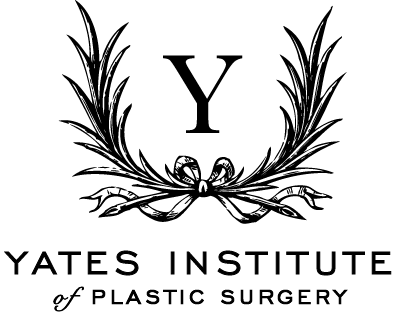Breast augmentation surgery recovery
It is nice to feel admired, appreciated, and complimented, noticed by the people around us. This is without a doubt. Just have a look at any social media channel, and you’ll notice how many selfies people post. Whatever a woman’s age might be, a good self-image is important as it can influence the way we interact with others and the way we present ourselves to the world.
Nowadays, more and more women resort to plastic surgery to enhance the aspect of their faces, erase the signs of aging and enhance certain features. Breast augmentation surgery is among the most performed plastic surgery procedures worldwide, and for a good reason.
What happens during breast augmentation surgery?
While there are plenty of ads online and offline for pills, creams, and lotions that could make you grow a size in breasts overnight, most people are aware that the only safe and effective method that can be used for breast augmentation is surgery.
Breast augmentation surgery is performed with breast implants (silicone or saline solution). Breast implants keep their shape and are very similar in terms of texture and feel with the natural breast tissue. Using breast implants, we can also change the shape of the breasts. If you want round, full breasts with upper pole volume, breast implants are the only solution.
The breast augmentation surgery is performed with the patient under general anesthesia. The plastic surgeon makes incisions in the fold under the breasts or around the areola to detach the breast tissues to be able to create a pocket for the implant.
The implant can be placed either under the mammary gland and over the chest muscles, under the chest muscles, or with the lower part under the gland and the upper part under the muscles. The implant placement is recommended by the plastic surgeon during the consultation. Implant placement is dictated by the current breast tissues (too little breast tissue could make subglandular placement impossible) and the size of the implants.
After the breast implants are inserted, the incisions are sutured, and compressive bandages are placed over the area.
What happens after breast augmentation surgery?
The hospitalization time after a breast augmentation surgery is of no more than 24 hours, if there are no underlying health conditions and if the patient is feeling well enough. This means that the recovery period is spent at home. During this time, the patient needs to follow a post-operative protocol that can influence the recovery time and the results of the surgery.
After the patient gets home, the recommendation is to have someone who could help around the house for at least 72 hours after the surgery. The patient is not allowed to drive after the surgery for a while, so make sure you have someone to pick you up from the clinic where the surgery was performed.
Resting is a good idea after breast augmentation surgery. However, it is crucial to avoid any pressure on the breasts, so sleeping on the tummy is a no-no. If you are used to sleeping on the side of the tummy, make sure to get plenty of pillows around you to prevent you from turning during sleep.
There are other things you should avoid during breast augmentation surgery recovery:
- Hot showers and baths in the first few days post-op
- Smoking, as might cause delayed wound healing and even skin necrosis
- Overextending the arms (like to open a door or reaching for something on the top shelf in the kitchen)
- Lifting heavy things (even if they are your children!)
- Intense physical activities
Results after the breast augmentation surgery
Since the intervention is performed with breast implants, the augmentation is visible immediately after the surgery. But this doesn’t mean that the breasts will look the same six months down the road.
Immediately after the surgery, the breasts can feel hard to the touch and too high on the chest wall. This is natural, and the breasts will “drop” and “fluff,” as we say. This means over the next months after the surgery, the breasts will descend a bit on the chest wall into a more natural position, and they will also become softer, similar in texture to the natural glandular tissue.
Following the indications of the plastic surgeon for the breast augmentation recovery period is essential not only to get the results you desire but also to have a speedy and uneventful recovery.
Minimizing the risks and complications during the breast augmentation recovery period
As is the case with any other plastic surgery intervention, breast augmentation surgery involves certain risks. Swelling and bruising can occur after any type of intervention, so don’t be surprised if your breasts are swollen and bruised after undergoing the procedure. The swelling usually takes no longer than a few weeks to subside, and no medication is required. Applying cold packs of ice on the chest can reduce the swelling and bruise and speed up recovery after breast augmentation surgery.
Hematomas and seromas could also occur after this type of surgery; this is the reason why your plastic surgeon might decide to insert drain tubes at the level of the incisions to allow the fluids and blood to drain instead of accumulating at the level of the incisions.
Specific complications such as capsular contracture can also be prevented in a vast majority of cases if the patient follows the indication of the plastic surgeon for the breast augmentation recovery.
Final words
Breast augmentation surgery is a popular plastic surgery intervention. Most often, we use breast implants to increase the size of the breasts. The recovery period after the breast augmentation surgery is of no more than two weeks. However, patients should follow the plastic surgeon’s indications for post-operative care for about three to six months.
Avoiding intense physical exercises and smoking are some of the most important things patients can do to ensure a fast recovery after breast augmentation surgery.


